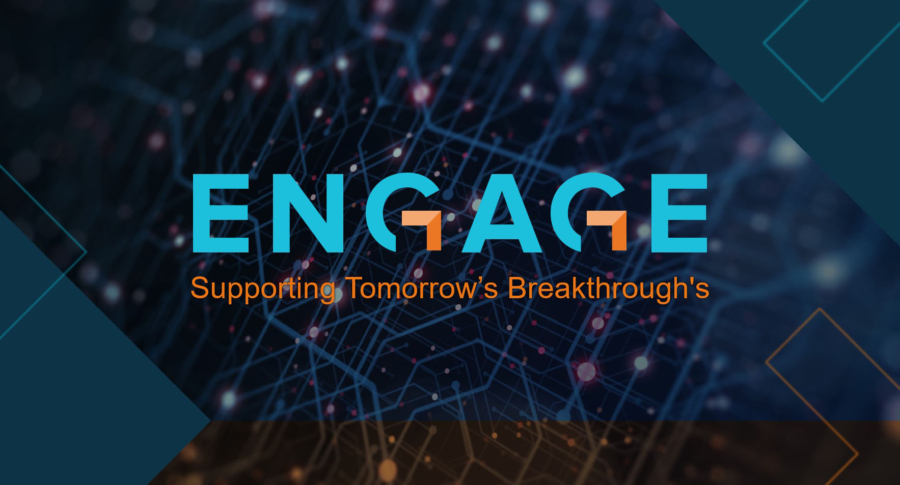
Harnessing technology and cross-functional alignment to enable successful statistical partnerships
In our latest Biometrics Services Spotlight blog, we sit down with Demi Niforos, VP of Biostatistics and Programming at eClinical Solutions to discuss the vital role played by her function throughout the lifecycle of a study. As part of the wider biometrics services group, Demi’s team delivers comprehensive statistical analysis and reporting services to sponsors of all sizes. In our discussion, we walk through the importance of alignment between data management, biostatistics and statistical programming functions, the difference that expert statistical support can make to sponsors, and her views on the impact of technology on delivery.
How early does your team get involved in working on a study?
There is often a belief that the statistician’s role only becomes important at the trial reporting stage. In fact, the statistician should play an integral part in the study team from early planning stages. Typically, when we begin working on a new project, the lead statistician as well as the lead programmer will get involved from protocol development and database build stage, working closely with both the sponsor and our internal data acquisition and data management teams to provide a statistical perspective from the get-go.
It is key that we get the critical data capture right up front, as missteps here cannot typically be rectified at a later stage. For that reason, we work closely with our colleagues and sponsors to ensure statistical input on the eCRF and the external data specifications. This investment reaps dividends in both quality and efficiency downstream.
What do you think differentiates your team?
As we are focused entirely on the data aspects of trials, our functions, and processes at eClinical Solutions are naturally very closely intertwined. This close alignment helps us to assure that everyone maintains a focus on the big picture- from data acquisition through to analysis. We work together to keep the end goal at the front of our minds, asking, “What are the primary end points of this study and how do the individual tasks we are working on fit in to these overall objectives?”.
Another differentiator is the seniority of our team members across both the statistics and programming groups. They have been working in the industry for a long time, so they are adept at identifying risks and bringing them to our customers’ attention early on. Their experience spans different indications, different study designs, and different data processes. We have also worked across many different outsourcing models and are used to collaborating with clinical CROs (Contract Research Organizations) and other vendors which helps to smooth communication and workflows. As we have experienced so many different drug development scenarios, we are well placed to guide our clients facing similar challenges. And, if they ever need to make tough decisions, we can ensure they have all the context required.
As simple as it sounds, when speaking with sponsors, one of their biggest priorities is access to the data. Being able to swiftly get our hands on what is relevant and critical through elluminate® helps us to help our clients make faster, better-informed decisions.
What kind of challenges do you help clients to solve?
The ongoing struggle for sponsors is juggling multiple priorities, from refining processes and workflows, to producing outputs at speed to meet conference presentation deadlines. Easy access to the right data, and a clear understanding of the level of data-readiness for given tasks and milestones is essential. With so much to manage, having a trusted data partner on hand to guide them through the process and help navigate data complexities is extra important for many of our clients.
What impact do you see technology having on the statistics and programming function?
The impact of technology on the statistics function is two-fold. It can help other functions to do a more effective job that makes review easier, supports collaboration, and enables more meaningful, in-depth cleaning.
For statistics and programming groups ourselves, technology that eases ongoing statistical review rather than traditional milestone-based review processes enables greater proactivity and accelerates speed of analysis. Tools that enable standardization and automation are also key and especially bear fruits when it comes to submission-related activities such as ISS/ISE and DSURs.
To keep a competitive edge in our complex, data-rich environment, organizations need the right data infrastructure in place. For many sponsors, implementing SCE (Statistical Computing Environment) solution to streamline statistical analysis is a priority. Within our team we are fortunate to have access to elluminate SCE as part of our wider adoption of elluminate. The SCE supplies a central location for all data, metadata, programs, and results – increasing the efficiency, traceability, and visibility of statistical analyses. Over the last few months, we have been working on pilot clinical studies and integrating elluminate SCE into our processes to further enhance the efficiency of our service offering.
What opportunities and trends do you see for the future?
Given the advances with automation, I see an industry-wide opportunity to create efficient out-of-the-box solutions for common outputs and scenarios – such as for DSMBs and other safety data review activities – which could be reached at speed through standardization, rather than reinventing the wheel on every study.
Hybrid and decentralized models are on the rise and clearly represent an important opportunity for the industry. Nevertheless, they do also bring challenges and we need to get clear about what data is included, what we analyze, and how we standardize. We have the right technologies in place – in my view, the area which still needs to be addressed is ensuring standardization across the entire vendor ecosystem. Achieving this would involve industry-wide initiatives and commitment. So, in the same way as we achieved greater standardization for data types such as central lab data, we now need to extend this commitment to standards across other types of external data.
As well, our new reality of increasingly complex data means that close alignment across data functions from early phases is even more important. As we build processes and approaches to implement more innovative methods, we will need an industry-wide response which fully involves statisticians and programmers in the discourse.
To learn more about how our biometrics services team helps clients to maximize the value of their clinical data with end-to-end clinical data solutions enhanced by elluminate, book an exploratory conversation today.
Author

Liz Cole has over 25 years’ experience in commercial roles within the biopharmaceutical sector with a particular focus on clinical data transformation, innovative trials, and advanced analytics. At eClinical Solutions, Liz is responsible for Biometrics Services’ marketing strategy, planning, product messaging, and content.
By submitting, you agree to the processing of your personal data by eClinical Solutions as described in our Privacy Policy.







